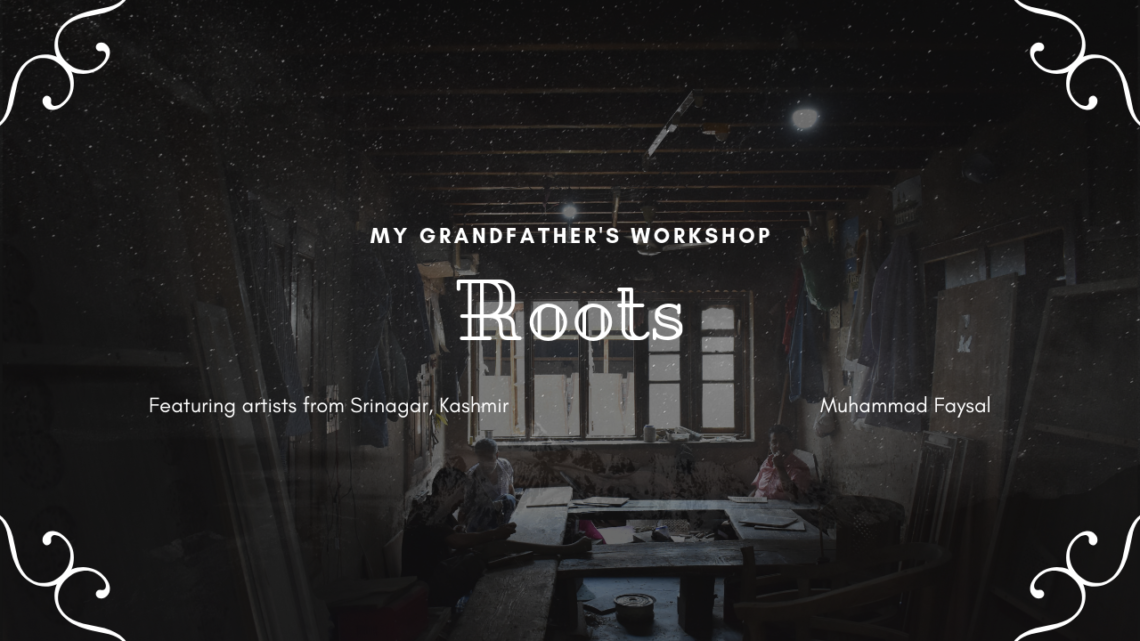Kashmiri craftsmanship has reached global renown. With many artifacts decorating homes of the royalty all over the world. Famously being the shawl gifted by the French conqueror Napoleon Bonaparte to his wife, or artifacts from our workshop to the House of Windsor in the Great Britain.
Walnut wood abundant in Kashmir, provides material for the wood-carving. The intricacies and engravings are done through artistic brilliance. Kashmiri wood-carving derives inspirations from Central Asian, French and Italian designs. Thus a blend of this creates finest works of art that tell a thousand stories.
In early 15th century, Sultan Zain ul Abidin, popularly known as the Great King or the Budshah was a great patron of the arts and crafts. During his glorious reign, he went to Samarkand the capital of the central asian culture. He brought with him many astute craftsmen from this cultural city to Kashmir. These craftsmen trained the local Kashmiris with such skills that became one of the most renowned handicrafts industry in the world.
The Budshah introduced the handmade paper, embroidered tapestry, silk weaving, carpet industry, the shawls, the copper work, the chain stitch, the papier mache and the walnut wood carving among many other crafts.
The French traveller Francois Bernier writes about the arts of Kashmir in his notes, “They (the Kashmiris) are very active and industrious.The workmanship and beauty of their crafts are quite remarkable.The surroundings (their living conditions) are miserable and squalid, and it is sad to contrast the beauty of the artwork with the ugliness of the workmen’s lives”.
This was shot inside my family’s workshop in Bandook-Khar Mohalla in Downtown Srinagar. Featuring artisans that have been apprentices of my grandfather, Ghulam Mohammad Gami.
